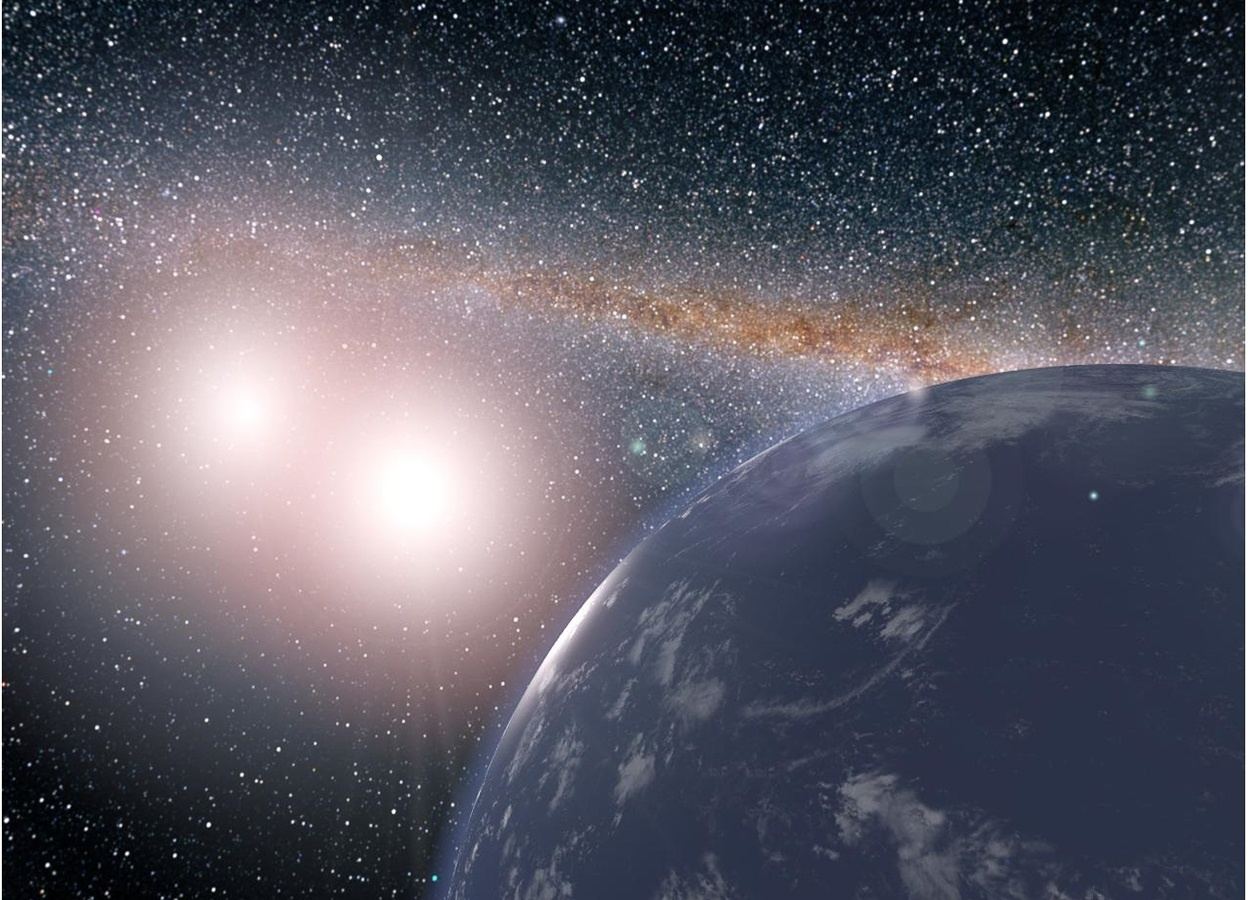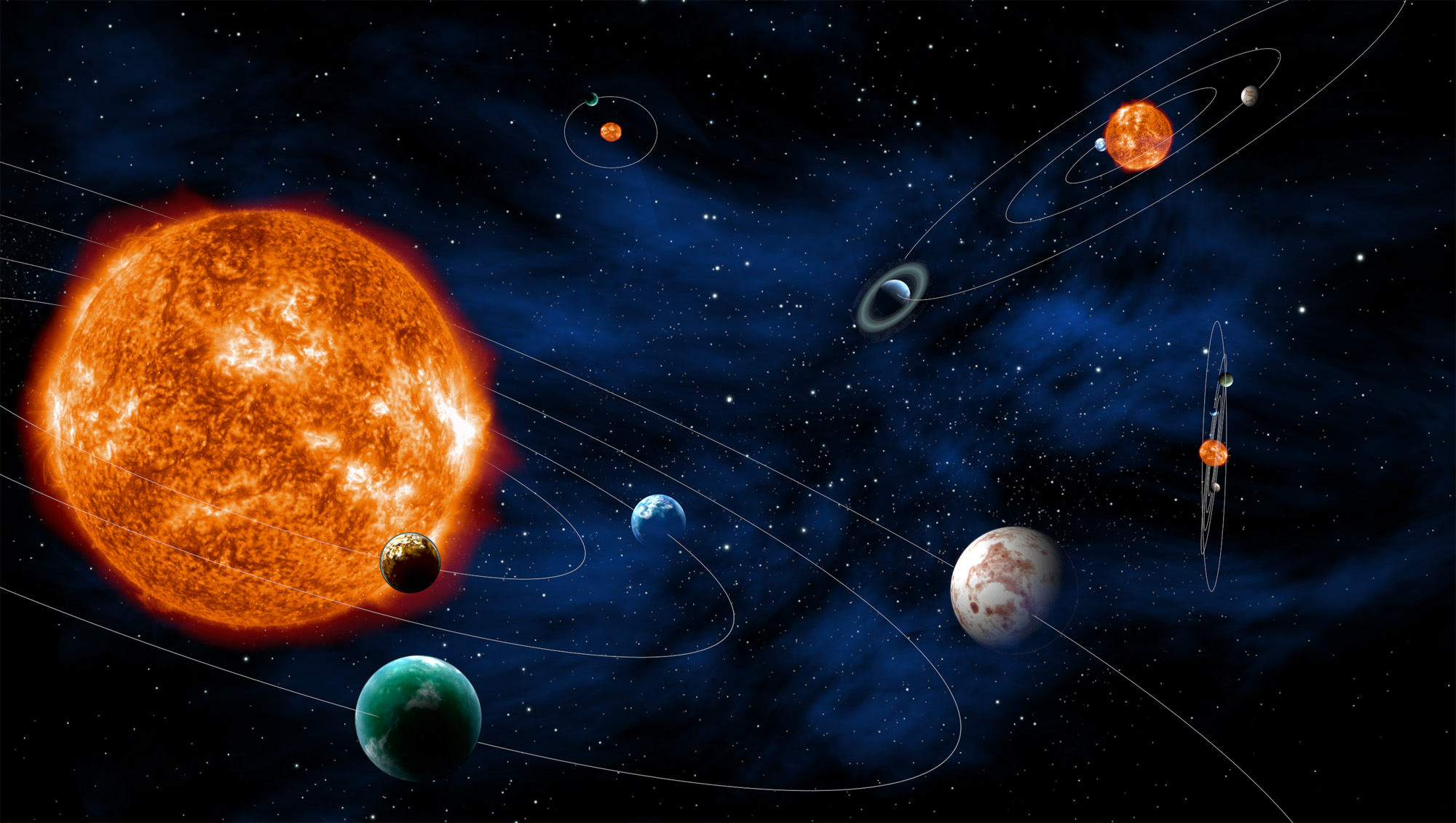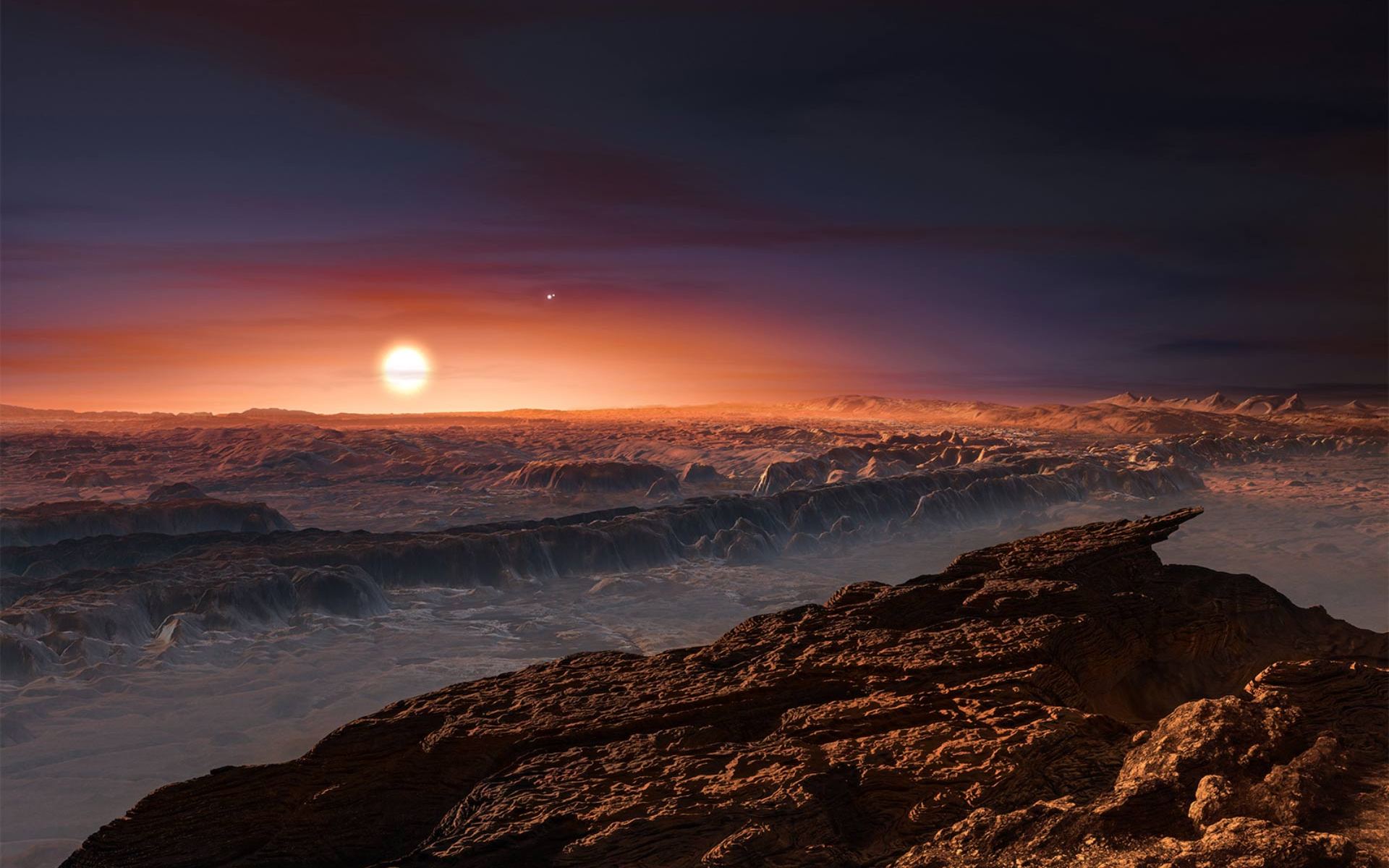What happens when a giant planet gets stripped of its atmosphere? It leaves behind a giant core, rich in iron and other metals. A team using NASA’s TESS mission recently found such a remnant core, orbiting a star just 730 light-years away.
Continue reading “A Neptune-class exoplanet has been found with its atmosphere stripped away”A Neptune-class exoplanet has been found with its atmosphere stripped away










